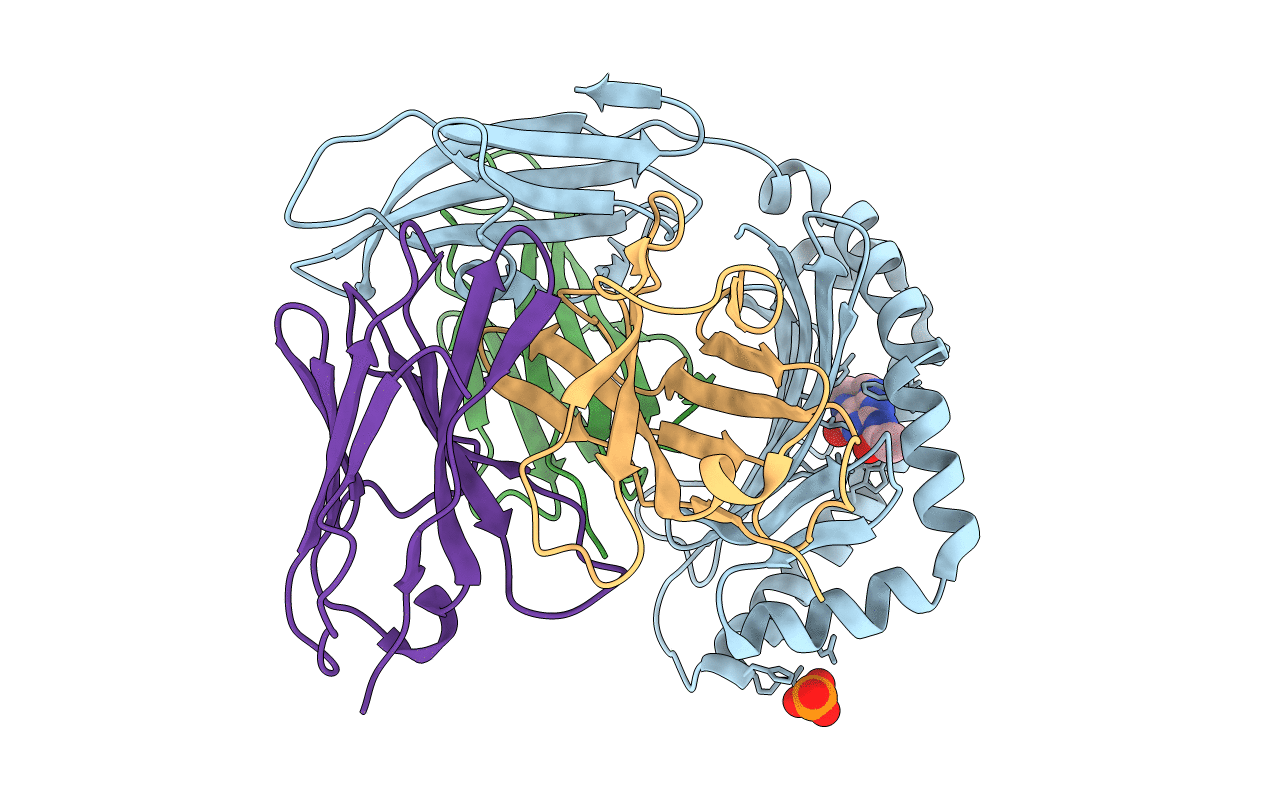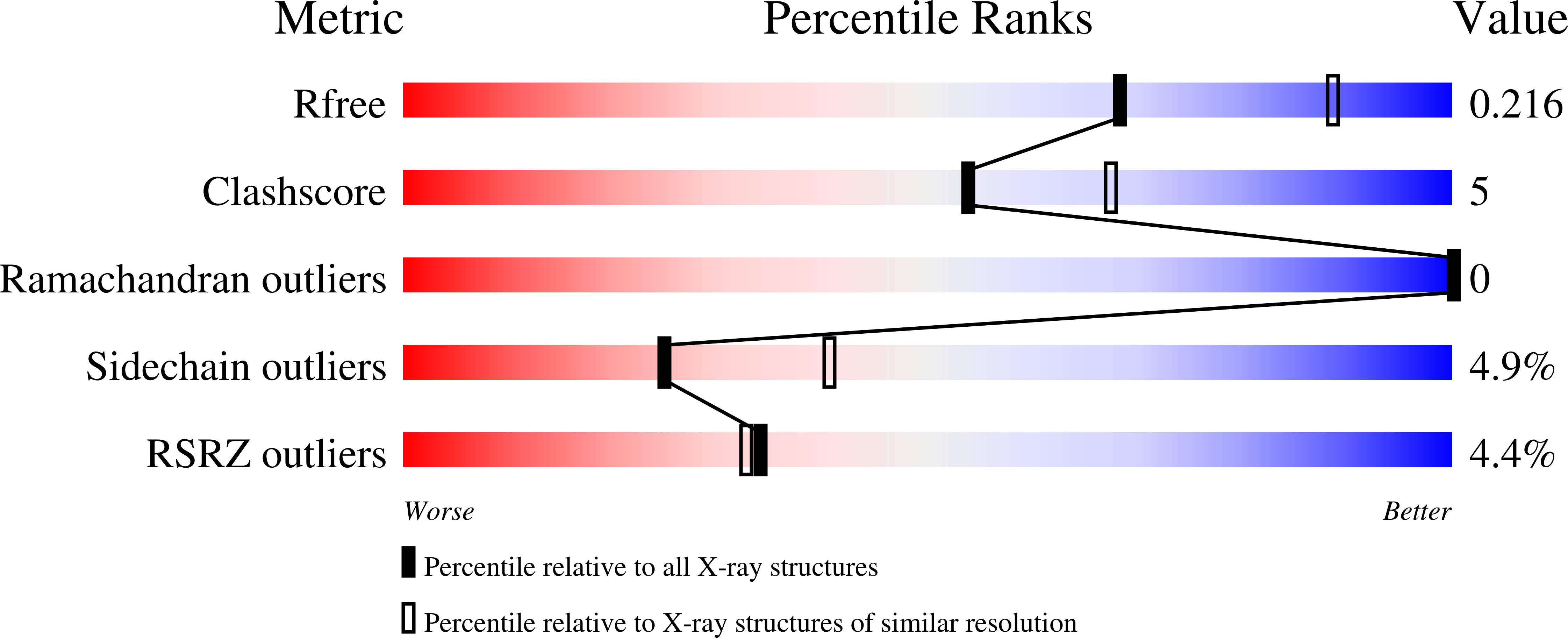
Deposition Date
2022-04-06
Release Date
2022-08-03
Last Version Date
2024-10-30
Method Details:
Experimental Method:
Resolution:
2.40 Å
R-Value Free:
0.21
R-Value Work:
0.18
R-Value Observed:
0.18
Space Group:
I 2 3


